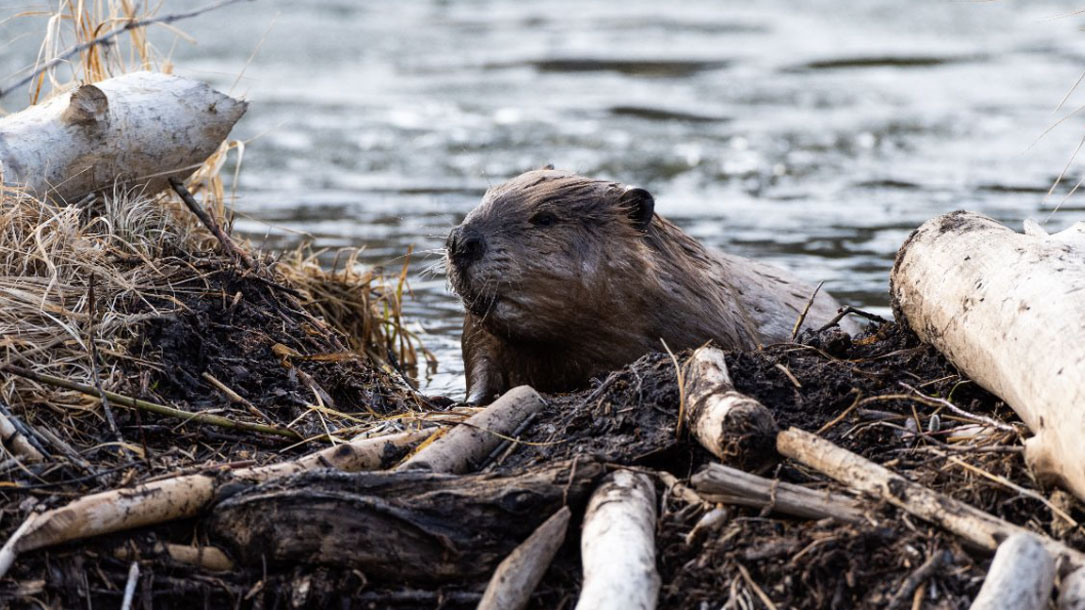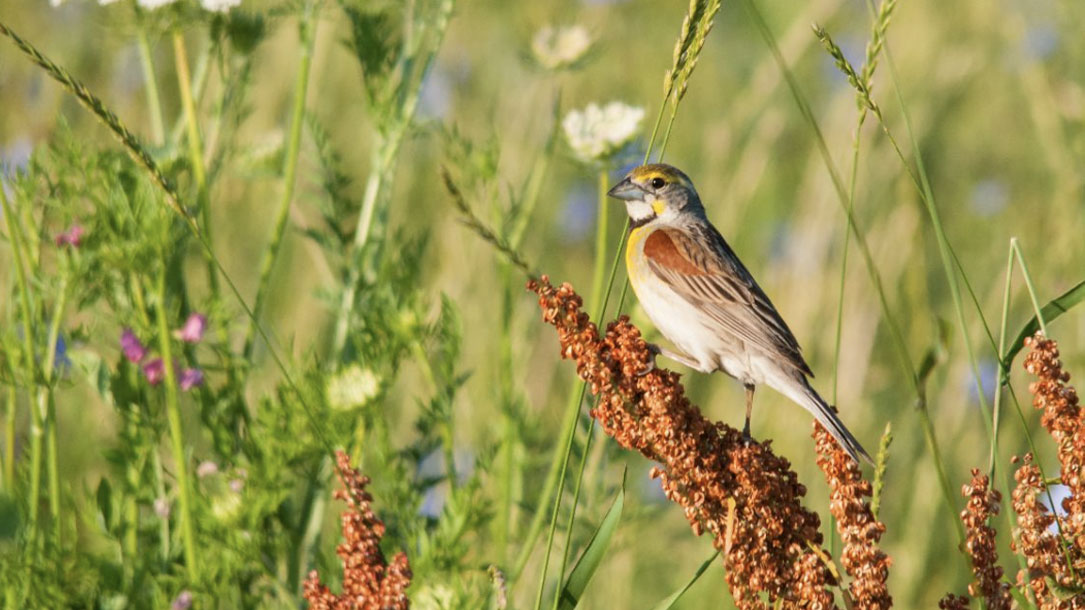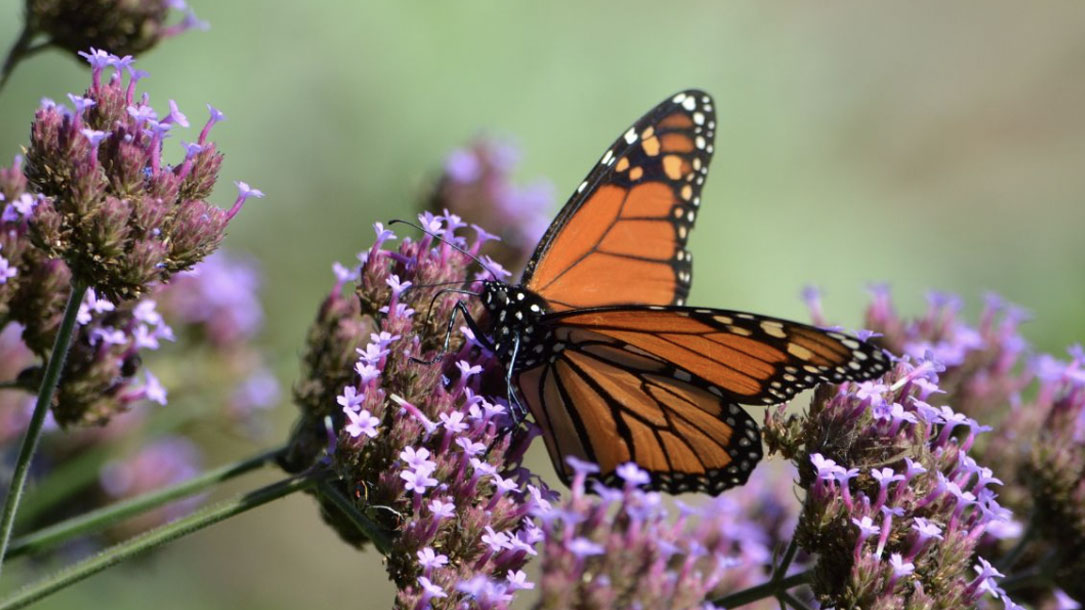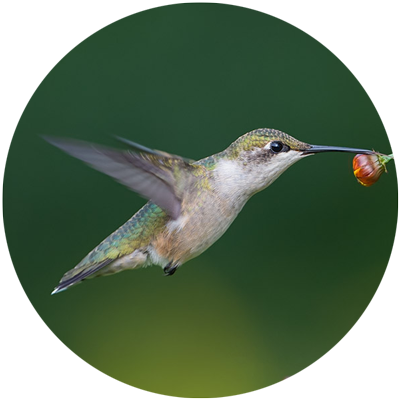
Study shows 90% of marine species at risk of extinction in 78 years if greenhouse gas emissions are not curbed
Greenhouse gas emissions impact the world’s climate in two ways. They raise the temperature of the atmosphere (and by extension, Earth’s surfaces and bodies of water) by holding in heat, and in the case of CO2 emissions, they make water more acidic, like carbonated soft drinks…

Beaver: The North American freshwater climate action plan
Rivers and streams, when fully connected to their floodplains, are naturally resilient systems that are increasingly part of the conversation on nature-based climate solutions. Reconnecting waterways to their floodplains improves water quality and quantity, supports biodiversity and sensitive species conservation, increases flood, drought and fire resiliency, and bolsters carbon sequestration. But, while the importance of river restoration is clear, beaver-based restoration—for example, strategic coexistence, relocation, and mimicry—remains an underutilized strategy despite ample data demonstrating its efficacy.

Heat waves may limit mating in birds, but can behavior mitigate the effects of climate change?
Scientists are racing to understand how animals respond to climate change, including the increasing prevalence and intensity of heat waves. Heat waves can be lethal, even for endotherms (warm-blooded animals) that internally regulate their own temperatures. But what about the sub-lethal effects of heat that do not kill animals but still might influence their ability to thrive in our changing world?
Behavioral and physiological effects of heat are likely but have been missing from recent high-profile studies on climate change. Researchers from Indiana University Bloomington and the University of Tennessee Knoxville recently teamed up to examine how heat and behavior interact to affect physiology…

Climate change affects bird nesting phenology: comparing contemporary field and historical museum nesting records
Global climate change impacts species and ecosystems in potentially harmful ways. For migratory bird species, earlier spring warm-up could lead to a mismatch between nesting activities and food availability. CO2 provides a useful proxy for temperature and an environmental indicator of climate change when temperature data are not available for an entire time series.

Increasing climatic decoupling of bird abundances and distributions
Species differences in climate matching trends were related to their ecological traits, particularly habitat specialization, but not to average rates of climate and land use change within the species’ ranges. Climatic decoupling through time was particularly prominent for birds that were declining in abundance and occupancy, including threatened species….

As climate shifts, species will need to relocate, and people may have to help them
Climate change is already affecting plants and animals worldwide and is a growing threat to biodiversity, adding a new layer to the existing challenges of habitat loss, invasive species, pollution, and overexploitation. A new study surveyed the recommendations of scientists for managing biodiversity in the face of climate change, providing a summary of practical guidance and identifying areas in need of further research…

Climate change affects bird nesting phenology
Global climate change impacts species and ecosystems in potentially harmful ways. For migratory bird species, earlier spring warm-up could lead to a mismatch between nesting activities and food availability. CO2 provides a useful proxy for temperature and an environmental indicator of climate change when temperature data are not available for an entire time series…

Research shows solar habitat installations support pollinators
Join Monarch Joint Venture, Connexus Energy, MNL, and Fresh Energy for a free webinar where they dig into the new study, “Monitoring Pollinators on Minnesota Solar Installation,” which used field data collection practices to document an abundance of bees, butterflies, moths, flies, and wasps utilizing pollinator-friendly solar habitat in Minnesota. We’ll also discuss seed mixes and biodiversity benefits, how utilities and co-ops can lead, and more.

The dire need to combat habitat loss
The modern conservation movement was born out of the hard work and leadership of sportsmen and women who continue to help fund, conserve, manage, and restore natural areas and game populations nationwide.
During the 1800s, the U.S. nearly lost familiar species like mule deer, white-tailed deer, black bear, elk, pronghorn, and wild turkeys to unregulated hunting and market hunting. As populations rapidly declined, hunters led the way to their recovery by supporting ethical, regulated hunting practices…

Report: Habitat loss causing significant impact on game species
A new report from the National Wildlife Federation found game species across the country lost, on average, 6.5 million acres of habitat over the past two decades. It is a trend advocates contended will continue unless lawmakers take action.
Per the report, between 65 and 82 million acres of America’s national forests are in need of restoration. In addition to the 30×30 plan outlined in Biden’s America the Beautiful initiative, Congress is considering the Recovering America’s Wildlife Act, which would allocate nearly $1.4 billion annually to states to implement habitat restoration and conservation strategies.
- « Previous
- 1
- 2
- 3
- 4
- Next »












